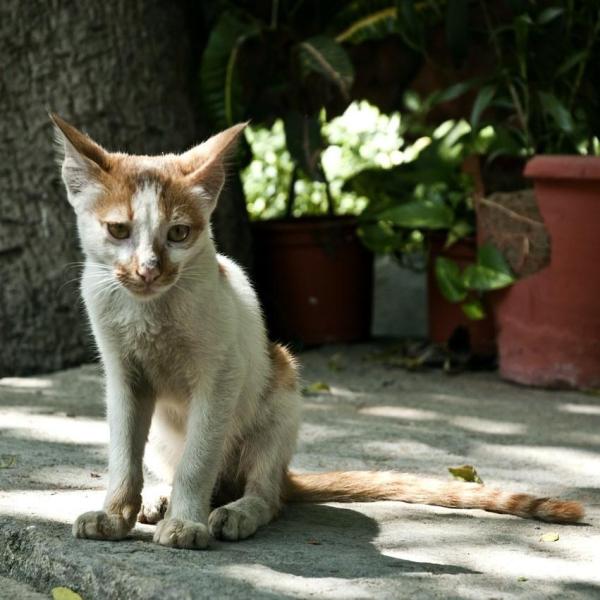
Unfortunately, sometimes we find stray cats that are clearly malnourished. If you feel sorry for the animal and want to adopt it or help it gain weight, you should be aware that it can take weeks of special care to treat a malnourished cat.
You should also remember that you may still have to take the malnourished cat to an animal shelter if it isn't able to recover.
Whatever the reason, this AnimalWised article will help you to learn how to help a malnourished cat.
Go to the vet
The first thing to do when adopting any pet is to visit the vets. They will administer appropriate vaccines, take scans to rule out any other diseases, and give you a proper diagnosis of the cat. Regular check-ups can also catch any potential health issues early, ensuring your cat stays healthy.
If a malnourished cat is what you're dealing with, then the vet will work out the ideal food plan. However, if you are not able to pay a visit to the vets right away, you should deworm the animal, and give it food that has a high protein content but is without excessive fat, to help it strengthen its muscles.
It will enjoy cooked ham, turkey slices, and cooked chicken (always without salt); these are good for the cat's body. This is a tasty option that will help it regain its weight. Additionally, you can introduce small amounts of boiled fish, which is rich in omega-3 fatty acids and can further support their recovery.
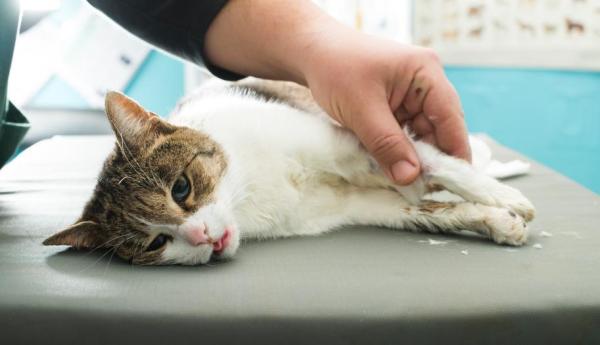
The main cause of malnutrition
Lack of food is the main reason cats become malnourished. However, this usually occurs in cats that are only a few months old and is not as common in adult cats. Malnutrition can also result from poor-quality food that doesn't meet the nutritional needs of the cat.
If the cause of malnutrition is a lack of food, it is advisable to supply the cat with food and water as soon as possible. Remember to be cautious and supply food in small doses, yet regularly, to avoid any major changes in the cat's bowel habits.
If a lack of food was the sole cause of malnutrition, the cat will be back to health in a few weeks. As always, make sure you're familiar with the best diet for cats and the particular requirements at different stages of their lives.
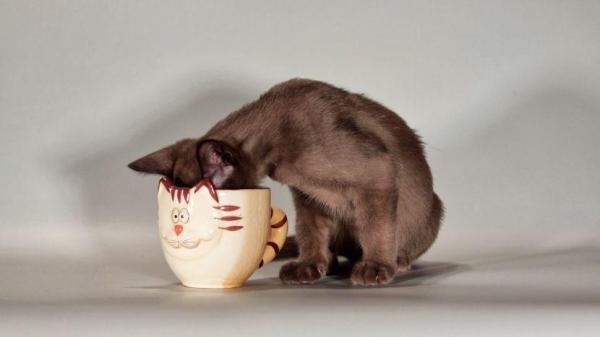
Hairballs in the cat's stomach
Another common, and more dangerous, cause of malnutrition is the presence of hairballs in the cat's stomach or intestine.
If this is the case, smear some Vaseline on one of its paws. The cat will lick its paw to remove the greasy matter and therefore ingest the product. Vaseline will help the cat to effectively pass the hairballs. Hairballs can dehydrate the animal and stop them from eating as usual. If left untreated, it can become dangerous for the cat's health.
If hairballs or other objects (ropes, wires, etc.) obstruct the intestine various symptoms can occur:
- repeated dry coughing
- retching after eating
- apathy
- disinterest in food
Sometimes, parasites like fleas can cause the cat to lick itself more often; this contributes to the formation of hairballs in the intestinal tract. Regular grooming and the use of hairball control products can prevent this issue.
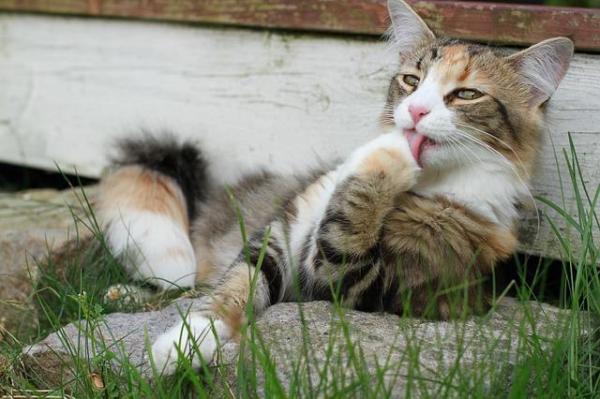
Other causes of malnutrition
Malnutrition may also be a symptom of other diseases that the cat may have:
- internal parasites
- feline AIDS
- cat flu
- toxoplasmosis
- fever
- diarrhoea
- leukaemia
- distemper
Therefore we stress the importance of seeing a specialist, as only they can rule out these diseases. In some cases, even dental issues can lead to malnutrition if the cat finds it difficult to eat.
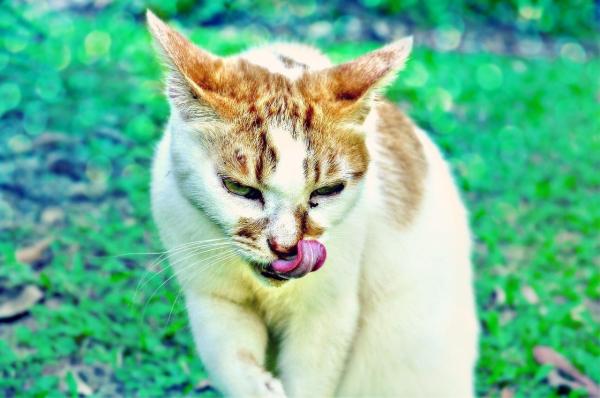
Food that can be offered to a malnourished cat
Knowing how to feed a malnourished cat is complicated as each case is different. In order to achieve the right weight for your cat, follow our advice:
Grab the cat's attention and persuade it to eat by providing tasty food in small portions, therefore the cat's digestive system will not be overloaded by a large influx of food. As we have already mentioned, you can use slices of turkey or ham. Incorporating probiotics into their diet can also help improve digestion and nutrient absorption.
Once the cat has accepted your offering of food, you can purchase wet cat food from the shop which, unlike dry feed, stimulates the appetite and hydrates the cat due to the high water content.
- You can choose gastrointestinal food if the cat is having trouble digesting (essential if you see any signs of diarrhea).
Once you begin to see an increase in weight, you can change their diet to balanced feed. This type of food is the most recommended as it contains all the proteins, fats, and oils necessary for the proper development of the cat. Providing a variety of textures and flavors can also keep them interested in their meals.

If you want to read similar articles to How to Help a Malnourished Cat, we recommend you visit our Diets to gain weight category.
- Remember to go to see a specialist even if the cat is recovering well. Regular check-ups can ensure sustained health improvements and prevent future malnutrition issues.